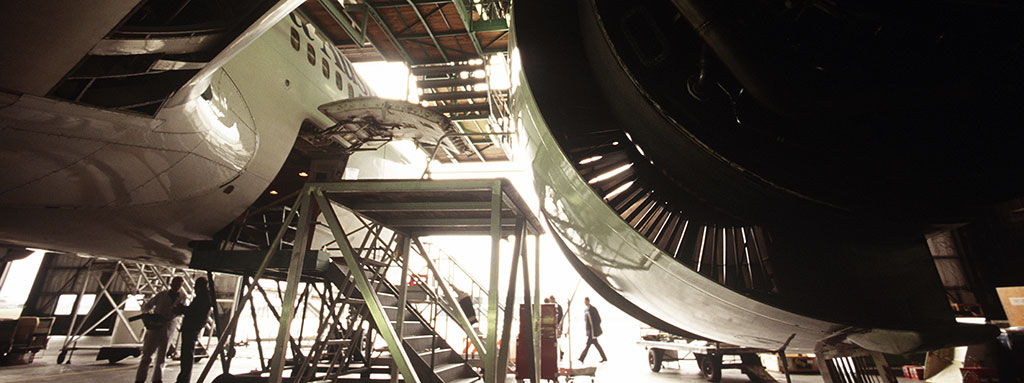Any layman associates the aeronautical industry with cutting-edge technology applied to one of mankind’s greatest dreams: flying. However, it should be clearly borne in mind that aircraft model programmes can well be in place for 30 or 40 years from their conception until the last unit is manufactured.
Innovation and R&D projects and any kind of study aimed at making companies more competitive cannot therefore be set aside.
Taking into account the high certification costs involved in aircraft model changes, choices are made over an aircraft’s life cycle to make minor modifications during the manufacturing stage, and even more so when it is considered that reliability is critical in this industry and changes reduce it. The latest technological advances in onboard equipment and structural materials are therefore applied in the initial design phases. Thus, such advances no longer seem to be so state-of-the-art when the aircraft finally takes to the air. For instance, AFDX technology, which has greatly reduced the A380’s wiring and brought about consequent weight savings and greater range, is no more than an Ethernet variant.
With regard to the aircraft manufacturing industry, technological advances are applied to specific production processes. Innovation at this stage of the aircraft programme essentially involves optimising costs to gain competitiveness against emerging countries with lower labour costs, without ignoring that there is high added value in the way an aircraft is manufactured to facilitate its maintenance and a historical log of each aeroplane’s documentation, including: manufacturing orders, tests, calibrations, plans, etc.
Due to the need to reduce costs imposed by the current economic situation and the ever broader range of aircraft possibilities to cover client needs, innovation and R&D projects and any kind of study aimed at making companies more competitive cannot therefore be set aside.
Some optimisation lines are mentioned below:
• Automation. It must always be remembered that manufacturing aircraft involves manual and not very repetitive work: a rhythm of 20 aeroplanes per year is quite unlike automobile mass production. Bottlenecks therefore have to be investigated and costs analysed, without attempting to replace all manual work by automated work.
• Assisted processes. Almost no aeroplane is identical to another, even within the same programme. Thus, the methodology used to deliver all the already reviewed technical documentation and instructions on time to workers and obtain rapid feedback on non-conformities has to be improved.
• IT applications. Numerous computer tools to link all the documentation on requirements-design-manufacturing-testing (digital model) can be developed to provide support to different functions, such as a rapid impact analysis of any change, the process’s traceability and error detection.
• Administrative tasks. The amount of paper and monitoring files which have to be maintained, cross-referenced and checked can be greatly reduced by developing bespoke computer programs. Another way of optimising, which is also very important, is training “in technology” given to the company’s technicians to computerise and speed up their day-to-day tasks, thereby freeing up their time so they can focus on what is truly important.



